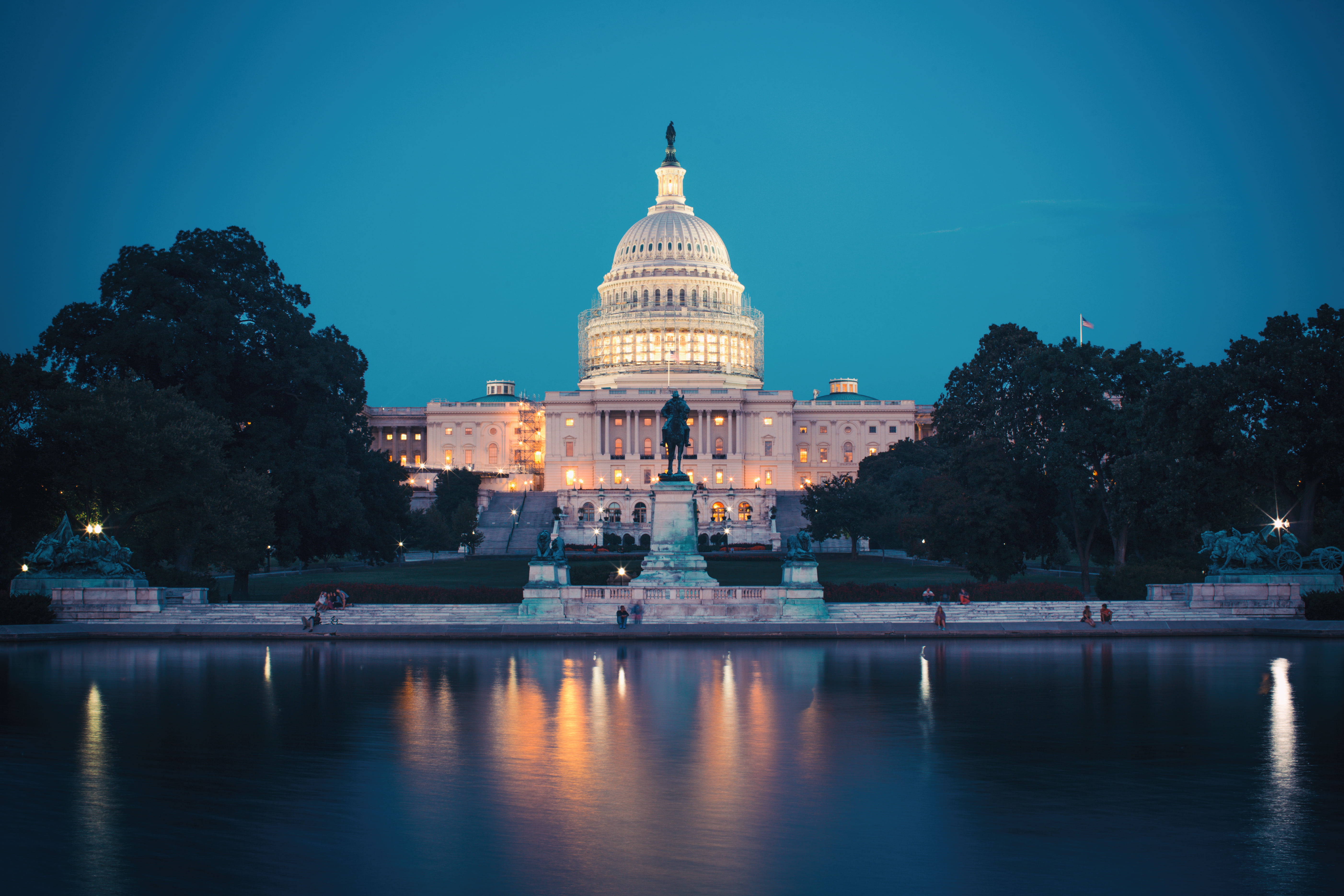Capitol measurement, a cornerstone of various industries and scientific disciplines, has a rich history and continues to evolve with technological advancements. From its origins to its applications and the techniques used to measure it, this article provides a comprehensive overview of capitol measurement.
The concept of capitol measurement has been around for centuries, with its roots in ancient civilizations. Over time, the methods and standards used to measure the capitol have evolved, leading to increased accuracy and reliability. Today, capitol measurement plays a vital role in fields such as architecture, engineering, construction, and manufacturing.
Historical Significance
The Capitol Measurement traces its origins back to ancient civilizations, where it played a crucial role in architecture, engineering, and land surveying. Over time, the Capitol Measurement evolved to become a standardized unit of measurement used in various fields.
Notable Events and Milestones
- Ancient Rome: The Roman foot, a precursor to the Capitol Measurement, was used in the construction of iconic structures like the Colosseum.
- 13th Century England: King Edward I introduced the “Standard Yard,” which became the basis for the Capitol Measurement.
- 18th Century France: The metric system was developed, which included the meter as a new standard of length.
Applications and Uses
The Capitol Measurement finds widespread application across diverse industries and sectors:
Construction and Engineering
- Measuring distances and dimensions for building plans and construction projects.
- Ensuring accuracy in the fabrication and assembly of building components.
Manufacturing
- Precise measurement of product dimensions for quality control and consistency.
- Calibration of machinery and equipment to optimize production processes.
Surveying and Mapping
- Measuring distances and angles for land surveying and mapping.
- Creating accurate topographic maps and property boundaries.
Measurement Techniques: Capitol Measurement
Various techniques are employed for Capitol Measurement, each with its advantages and disadvantages:
Tape Measure
A flexible tape with marked intervals, suitable for short distances and basic measurements.
Laser Distance Meter, Capitol measurement
Uses laser technology to measure distances accurately and efficiently, particularly for longer distances.
Total Station
A surveying instrument that combines electronic distance measurement and angle measurement, providing precise measurements in 3D space.
Photogrammetry
Uses photographs or digital images to derive measurements from objects or scenes, particularly useful for large-scale measurements.
Measurement Standards

Standardization is crucial for accuracy and reliability in Capitol Measurement:
International System of Units (SI)
The global standard for measurement, including the meter as the base unit of length.
Imperial System
Used in the United States and some other countries, with units like the foot, inch, and yard.
Technological Advancements
Technology has revolutionized Capitol Measurement, improving accuracy and efficiency:
Digital Measurement Tools
Electronic devices like digital calipers and micrometers provide precise measurements with digital readouts.
3D Scanning
Uses lasers or structured light to capture 3D data of objects, enabling detailed measurements and reverse engineering.
Summary
As technology continues to advance, we can expect further innovations in capitol measurement techniques. These advancements will likely enhance accuracy, efficiency, and accessibility, opening up new possibilities for its use in various fields. The future of capitol measurement holds exciting prospects, and it will undoubtedly remain an essential tool for precision and accuracy in various industries and scientific endeavors.
User Queries
What is the purpose of capitol measurement?
Capitol measurement is used to determine the size, shape, and volume of objects, structures, and spaces. It is essential for ensuring accuracy and precision in various industries, including architecture, engineering, construction, and manufacturing.
How has technology influenced capitol measurement?
Technological advancements have revolutionized capitol measurement, leading to improved accuracy, efficiency, and accessibility. Laser scanners, 3D imaging techniques, and advanced software have made it possible to capture detailed measurements quickly and accurately.
What are the challenges in achieving precise capitol measurements?
Achieving precise capitol measurements can be challenging due to factors such as environmental conditions, equipment limitations, and human error. Careful calibration of equipment, proper measurement techniques, and experienced professionals are essential for minimizing errors and ensuring accuracy.





